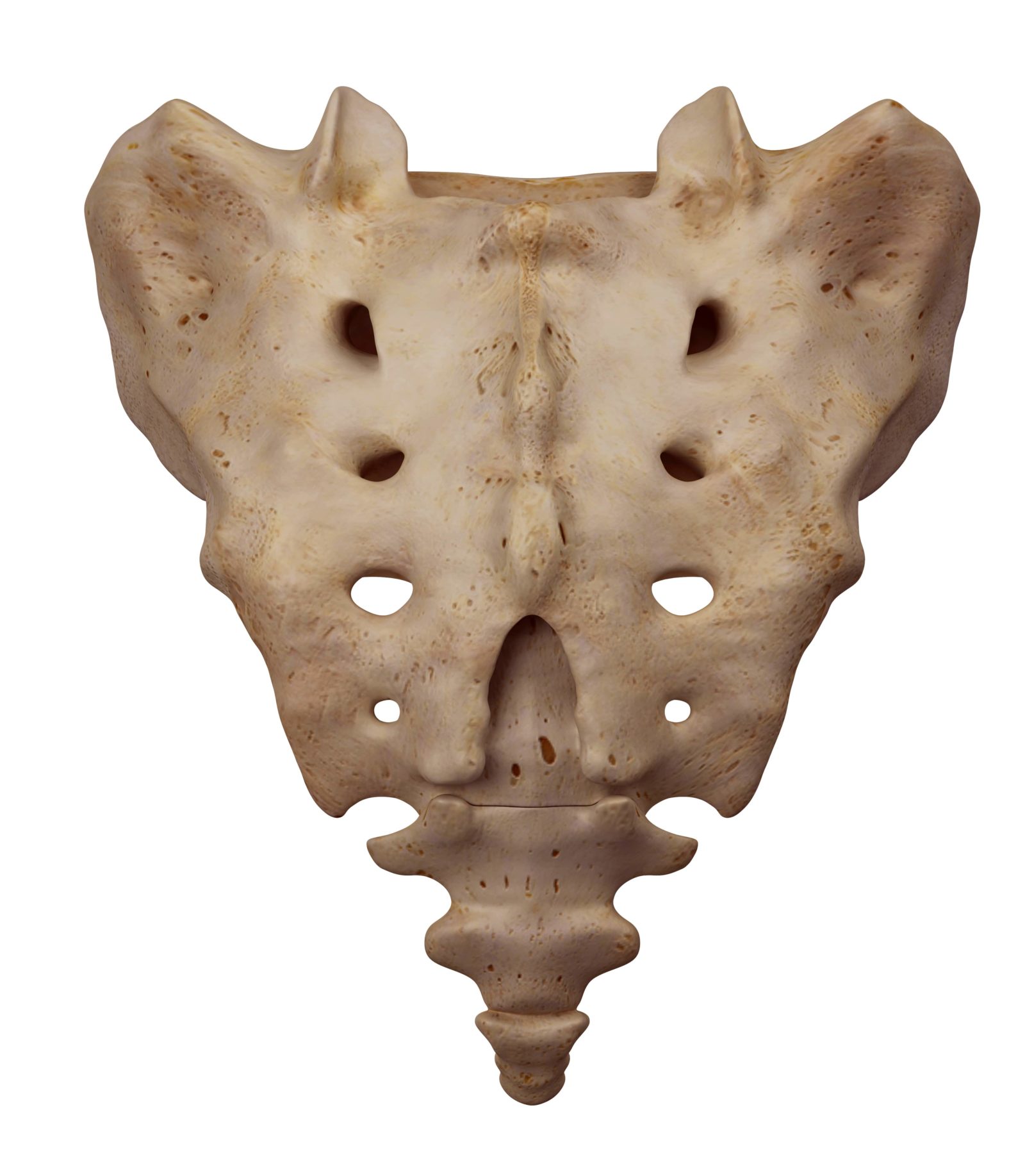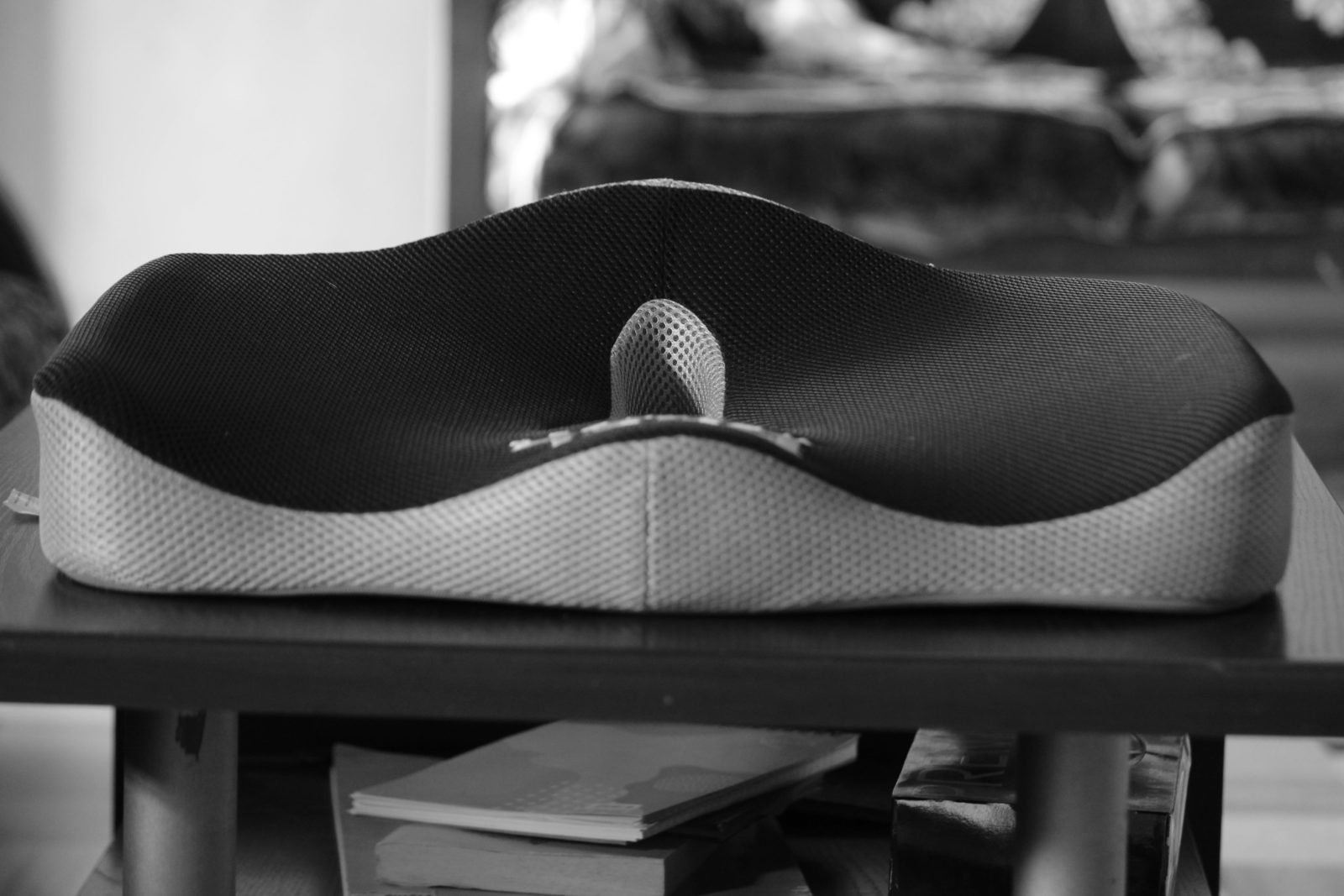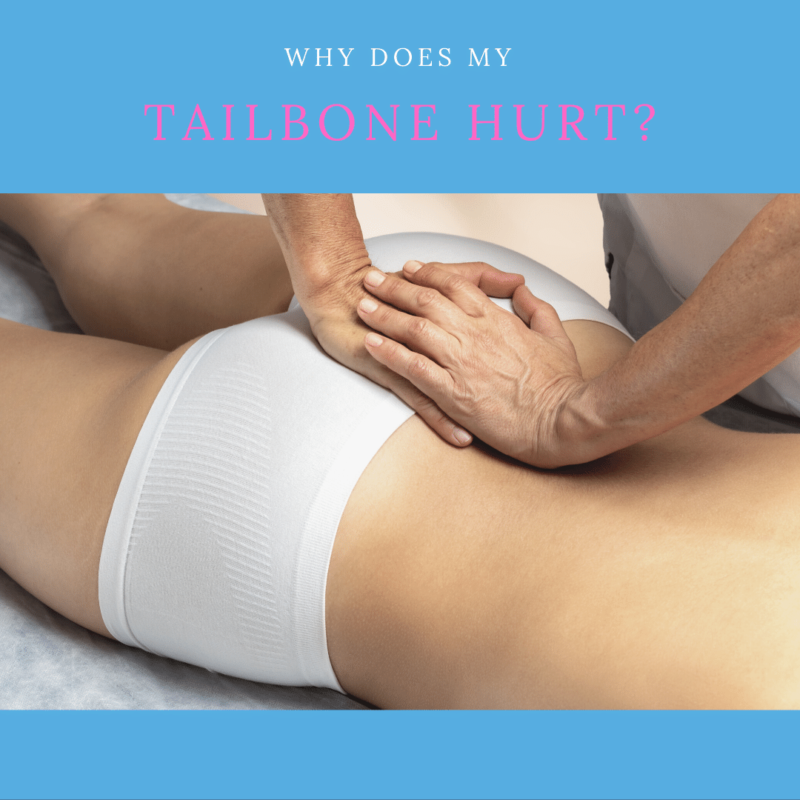Although humans don’t have tails, we do have a tailbone. Known formally as coccyx, the tailbone is a triangular bone composed of 3-5 bony segments fused together at the base of the spine. While most people don’t give their tailbone much thought, it is responsible for a variety of functions such as: providing voluntary bowel control, supporting the pelvic floor, providing a point of attachment for the muscles and ligaments of the pelvic region, and facilitating natural childbirth in women.
The tailbone also contains a decent amount of nerves as well. In fact, most people tend to pay attention to their tailbone when these nerves start to produce painful sensations. Depending on the cause of tailbone pain, it can come on suddenly or gradually. In most cases, tailbone pain tends to last anywhere from weeks to months. Due to where the tailbone is located, this pain can eventually become debilitating.
There are three classic symptoms of tailbone injuries, including:
- Pain while sitting on both hard and soft surfaces due to the weight resting on the tailbone. This pain can generally be relieved by leaning forward or resting your weight on one buttock.
- Pain while partly reclining or leaning back due to additional weight on the tailbone.
- Pain when transitioning from a sitting to standing position due to the quick movement of your tailbone during the transition.
If you are experiencing tailbone pain, chances are you want to know what is causing your pain and how to get rid of it. Here are some reasons why your tailbone may hurt:
Injury
Falling and landing in a seated position can cause the tailbone to become bruised, fractured, or even dislocated. Any type of injury to the tailbone can cause pain, however the extent of the pain can vary depending on the severity of the injury. In women, the tailbone can also be injured during childbirth since it is forced backward past its normal range of motion.
Bone Spurs
Another cause of tailbone pain are bone spurs that form on the tip of your tailbone. These bone spurs slightly alter the length and angle of your tailbone, which can cause skin and internal tissues to “pinch” when you move in certain directions.
Anatomical Changes

Even if you don’t have bone spurs, any type of anatomical change in your tailbone can result in pain. Normally, your tailbone will be angled slightly forward. When this angle changes, for whatever reasons, it will pinch the surrounding tissues and can impede proper bowel movements and/or natural childbirth. Coccygeal dynamic instability is another condition that affects the tailbone and is characterized by excessive movements in one or more segments. Tailbone instability is another anatomical change that can cause pain.
Arthritis
Believe it or not, you can actually get arthritis in your tailbone. Like any other joint in your body, the coccyx joints wear down over time and can develop osteoarthritis. This can cause pain, inflammation, and stiffness.
Infections or Tumors
Although infections or tumors of the tailbone are not nearly as common as the other aforementioned conditions, they are still worth mentioning. Chondroma is a type of malignant bone tumor that generally affects the tailbone, while osteomyelitis is a bone infection that can affect the tailbone in individuals with immunodeficiency, sepsis, or who have had previous coccygeal surgery.
How do I manage tailbone pain?

To manage tailbone pain, over the counter pain medications and heat/or ice therapy can be used to alleviate pain and inflammation. Decreasing the amount of time spent sitting and/or investing in a tailbone cushion is another way to reduce the amount of weight exerted on your tailbone to relieve pain. Finally, over the counter stool softeners may also be advisable to prevent pressure on the tailbone during bowel movements. If these suggestions do not seem to be helping your pain, then it is recommended to schedule an appointment with a spinal specialist for further evaluation and treatment advice.











 in CA by O360®
in CA by O360®